Pollan, M. 2006 The Omnivore’s Dilemma. Penguin Books p. 15-119
Ok, maybe Pollan’s book hasn’t put me off food to the extend that Soylent Green would have, but the questions he investigates felt just as eye opening. He starts at the corn farm, giving the reader the experience of how tough it would be to be stuck under the weight of corn production in America. You’re essentially given two options as a corn grower; grow old school, organic corn and be happy with lower yields but a higher price per bushel, or mass produce hybrids chosen for their ability to produce mass amounts of energy from the nutrients provided in the soil. The problem with the latter is that through a series of events that makes the Emperor’s rise to power in Star Wars seem simple, corn prices have dropped, but the government subsidizes the difference so that corn farmers feel the only way to get out of their debt is to grow more corn. To do this, farmers can’t rely on old methods of alternating fields with corn and legumes to prevent nutrient depletion from the soil, so they turn to petroleum based fertilizers to add the nitrogen to the soil necessary for the corn to produce. To imagine that each time you eat some corn you are actually eating biomodified crude oil may be disturbing enough for you to start growing your own food, but it gets much worse.
All of this cheap corn being produced by farmers to get themselves out of debt (?) is way more than the human population could consume even if our entire diet was corn (it’s surprisingly close though). This surplus biomass needs to be eaten by something, and as a general rule people hate feeding microbes. One “clever” solution is to feed this corn to animals we farm! Corn does such a great job of converting that fossil fuel into bioenergy that it can’t help but pass this energy on to animals that eat it. Cows in particular are able to grow to slaughter weight nearly four times faster on a corn diet than they would eating their traditional grasses. There are two obstacles to this solution though, the acidity in the corn turns the normally pH neutral rumen of the cow into an acidic soup that eats stomach lining and leads to sepsis and liver infections. This isn’t good for cows, so we found a pharmaceutical that keeps the rumen pH neutral and pump that into our feed lot cows to prevent them prematurely dying from liver infections. The other problem is that cows obviously haven’t evolved to eat corn, and this diet produces more gases than grass would. This leads to bloating and discomfort in the cow, so we found another pharmaceutical to pump into them to avoid this.
Even with these added costs (more than simply economic), this method still produces slaughter cows faster than any other way, with the added benefit that the intramuscular fat the corn endows the cow with creates the popular “marbling” in steak. That was enough to get me to question eating McDonald’s again, but Pollan isn’t through with pulling us down this terrifying rabbit hole. Because we now have to pump these cows with chemicals to keep them “healthy” enough to make weight, their excrement is no longer considered safe to use as fertilizer. Not only does this lead to feed lots literally built on toxic waste, but it further solidifies corn’s dependence on petroleum to provide nutrients. Do yourself a favour and don’t ask what happens to this toxic, chemically altered cow poo if it rains and washes into a river. Instead just be content with the discomfort these feed lot pictures provide:
So, well done mankind, right? We managed to help corn farmers out by giving them an outlet for the surplus corn they are forced to produce, and as an added benefit we get cheap, marbled beef. Except that there is still a whole lot of corn left to use. This goes to various mills and factories to be fractionated into various sugars and other corn products. These are literally everywhere, but I’ll save you the horror of that chapter and point you to Pollan’s book. He told it better than I would anyways. The question I’d like to address is “Now what?” This has been happening for years, and as a result these companies producing both corn products and the oil that feeds the corn have become very, very wealthy. To overcome the inertia involved with stopping this steam roller is borderline inconceivable. Google corn products, then imagine what it would mean to cut them all out of your daily diet. Now imagine trying to convince ten other people who eat McDonald’s at least once a week. How successful were you in your imagination? That’s your own imagination, you should be omnipotent, but even then convincing ten of your friends to cut all of these products out of their life seems unlikely. This perverse oil to corn to nearly every food imaginable cycle has almost reached juggernaut status, so then you have to ask yourself what you are comfortable with. You can take the noble route and convert yourself simply for your own body’s sake. Leave everyone else to come to their own conclusion and be happy that you may outlive them all. Or you’ll be so happy with your new beach body that you overexpose yourself and succumb to skin cancer. Conversely, you can try to forget all of this bastardization of food and force down that Big Mac, but I sincerely doubt it will ever taste as good as you remembered. That is the other concept that Pollan only quickly touches on, that McDonald’s isn’t actually selling comfort food, but rather a comfort memory of your childhood. This works because McDonald’s has long since realized that targeting children as the prime demographic is marketing genius. They may not be able to buy the food for themselves, but that only means that you also sell to their parents if you manage to make your marketing strong enough that the child incessantly begs for it until the parent buckles. Selling child portions that come with a free toy, providing video games in the restaurant, and hosting kids birthdays did a good job of accomplishing that. Once they manage to marry their product with positive childhood memories, they have you for life. Or at least enough of it so that they can add another zero to how many burgers they’ve sold. In defense of the McMonster, they have done a lot in recent years to build locations to suit adults more than children. I see many more McCafe’s than I do Play Centers, and that wasn’t always the case. A quick look at the population demographics is enough to realize why this is a simple ruse. By catering to adults now, they are catering to those exact children who grew up with talking garbage cans, video games, Mc Birthdays with Ronald McDonald cartoons and toys in their Happy Meals. These are the children of the baby boomers, with the tail end of the baby boom included in that. Now they can rely on the adult to take the kid so that the child can relive some of the glory days that the parent had there. The results are less than positive.
I can’t tell you what the best choice for the future is, I’m not even sure what to tell myself. I hope that I’m now informed enough to at the very least limit the corn products I consume, if not for the knowledge of the depravity of its production then for the simple fact that it is unappetizing. I’m sure to see my body respond in positive ways to being properly fueled, and I’ll just keep my fingers crossed that people better than me will one day find themselves in a seat of power and cut the legs off of the behemoth that is the American corn commodity. I wish you all the best with your decision.

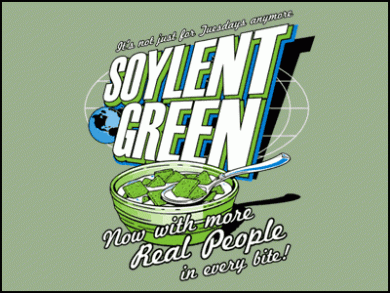
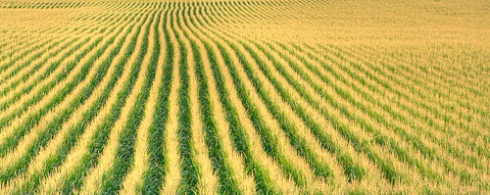
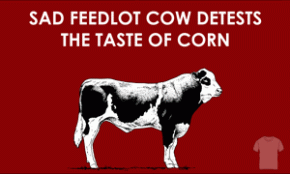
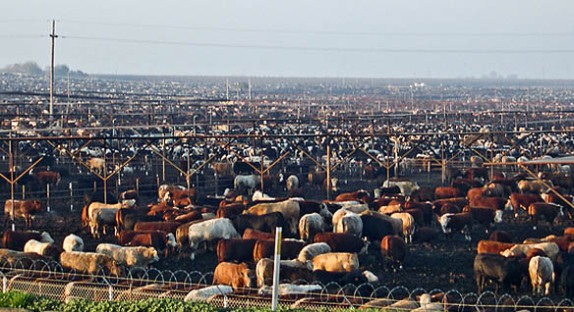
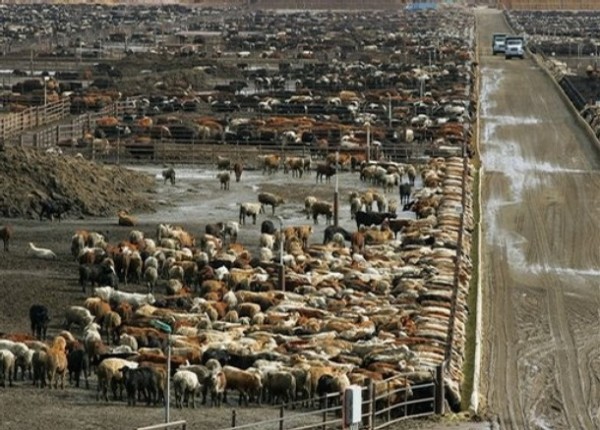
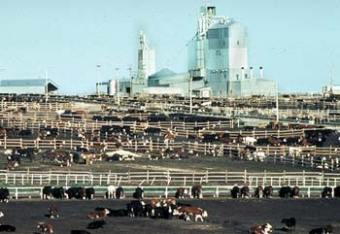
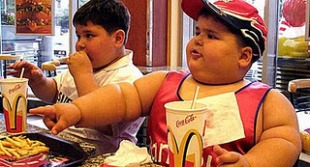
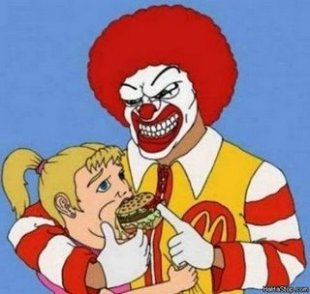
B-E-A-utiful! I loved this post, buddy. You have a way with words, something I have a lot of appreciation for. It was exceptionally enjoyable to hear a discussion of facts, lacking a clear and obvious opinion, even if one could be justified – I think this is the key to good to writing. Instead of taking the reigns, you seemed to define the path of which the horse will ride, giving the illusion of choice and free will. Isn’t that exactly what we are looking at with many of the fast-food chains though? The illusion of free will? Anyway, it was a very enjoyable read Rye. I have to ask, is that a star surrounded by petals?
Thanks man, and yes. I took the daisy picture and put an image of our sun into the center. “Powered by starlight”. 😉
I’m amazed, I must say. Rarely do I encounter a blog that’s both educative and entertaining, and let me tell you, you’ve hit the nail on the head. The issue is an issue that not enough people are speaking intelligently about. I am very happy that I stumbled across this during my hunt for something concerning this.